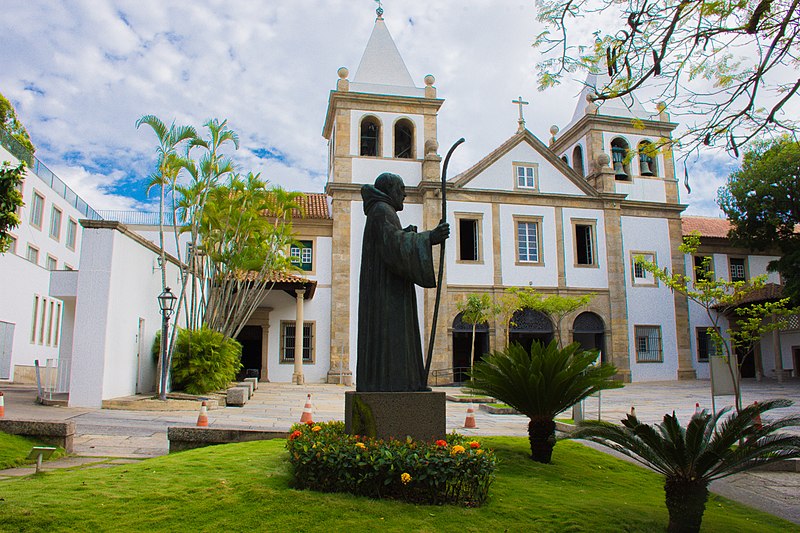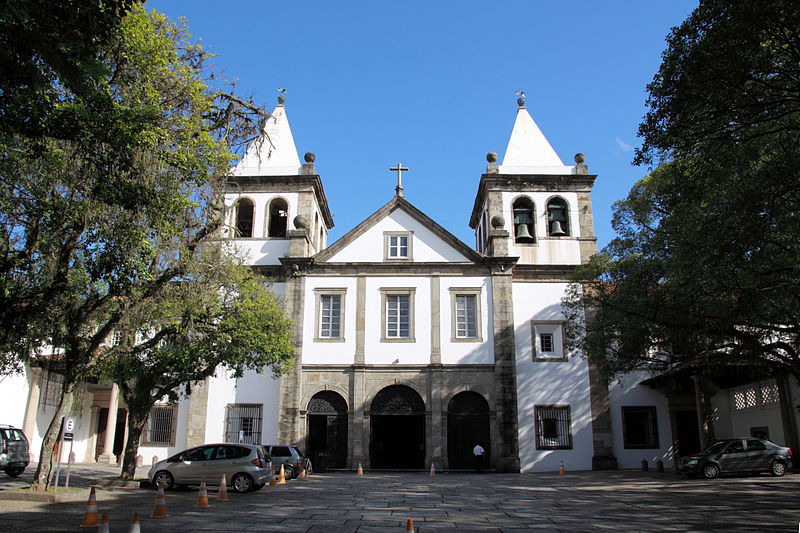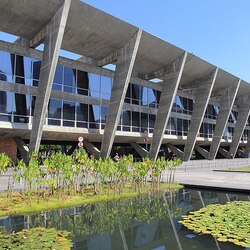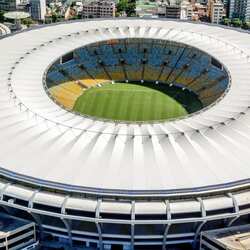St. Benedict Monastery in Rio de Janeiro
The Monastery of St. Benedict or the Abbey of Our Lady of Montserrat stands in the center of Rio de Janeiro on the hill of Morro de Sau Bento, from where it got its name. The building was built in the traditional colonial style of the late Renaissance period. It is visited by numerous tourists every year.
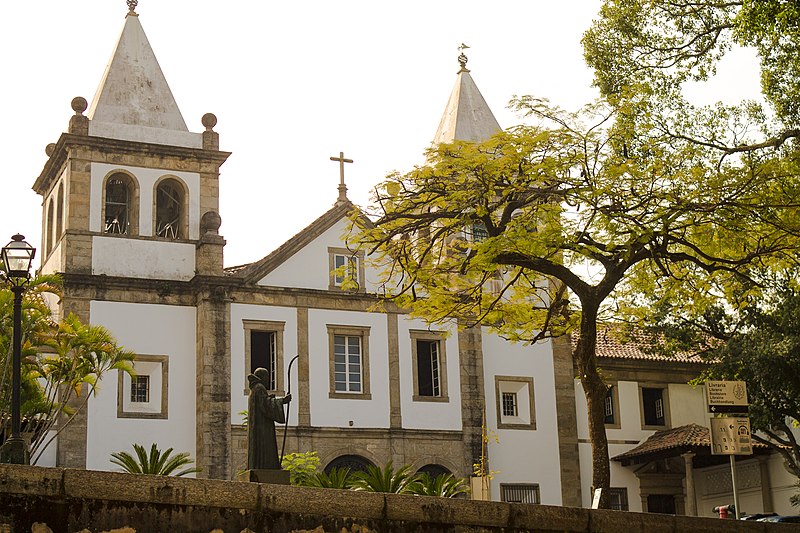
The history of the monastery
Initially, the monks lived in a cheap inn. There was a chapel of the Mother of God near it. Later, the monks began to consider the Virgin Mary and St. Benedict as the patrons of the monastery. In 1590, Manuel de Brito and his son Diogo de Brito de Lacerda donated a piece of land in the center of Rio de Janeiro for the construction of the monastery. The project was made by a military engineer from Portugal, F. F. de Mesquita. He chose the mannerist style popular in his country.
The foundation of the monastery began in 1633. The monks built on the income that they received from sugar cane plantations and donations. The hardest jobs were done by slaves from Africa. Due to changes in the original design, the building was built only in 1755, instead of the planned 1671. Today it is an active monastery, and services are held in the church. In 1858, the Sao Bento College was opened at the abbey. It still has a good reputation today and is recognized as an important institution of traditional education. He is studying theology and philosophy at the seminary. Scientific ecclesiastical and historical research is conducted at the abbey.
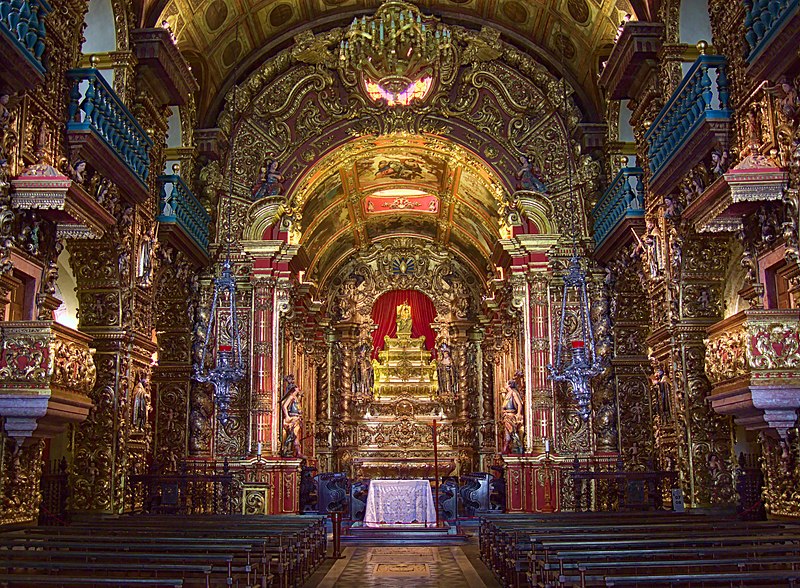
Architecture
The church facade looks rather austere. There are three arches at the entrance. There is a traditional triangular pediment on top. Cone-shaped spires rise above the two towers flanking each other. The bells are fixed in the tower. The door portal is decorated with mosaics, and a 19th-century metal gate leads to the monastery. In addition to the main one, there are 7 more chapels in the monastery. Each of them has a unique design.
Interior
The interior impresses with the luxury and brilliance of gold leaf. At first, the interior was decorated by the monk F. Domingos de Conceicau. He decorated part of the hall, the main chapel and the altar. Sculptures of St. Peter belong to his hand. Escolastics of St. Benedict and Our Lady of Montserrat, installed in the altar. In 1714, the decoration work was started by craftsmen who decorated most of the nave and executed some of the images. These are A. M. Pereira, Simão de Cunha, Jose de Conceicão and Silva. In 1789-1800, the famous Brazilian Rococo sculptor, I. F. Pinto, worked on the interior. He rebuilt the altar, leaving some of the elements and paintings of friar F. Ricardo de Pilar unchanged.
In the sacristy of the monastery there is an invaluable painting by F. Ricardo with the image of the Lord the Passion-Bearer. The floor in the altar of the church is lined with beautiful marble. The altar itself is decorated with 14 paintings by F. Ricardo de Pilara, executed in oil. The church has an organ dating back to 1773, and the walls are decorated with fine carvings.
Unfortunately, tourist visits to St. Benedict's Monastery are limited and filming is prohibited.
